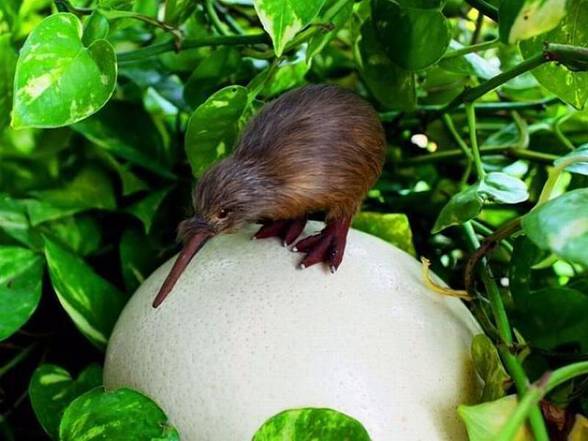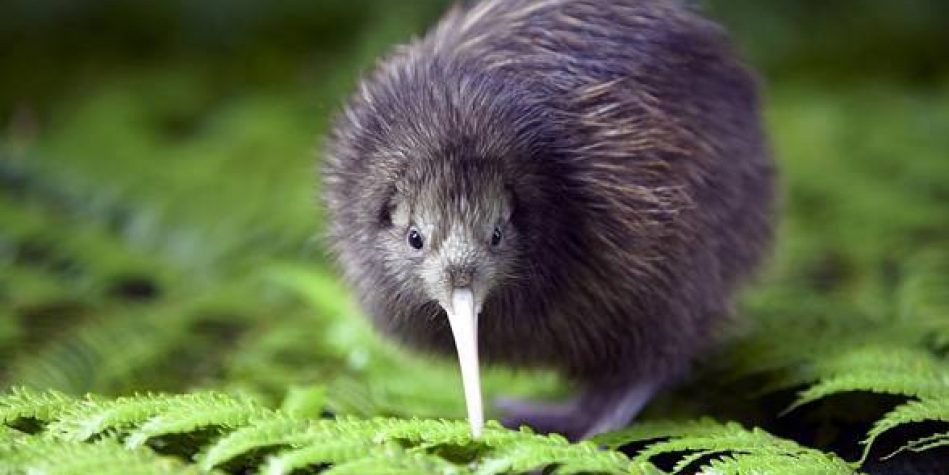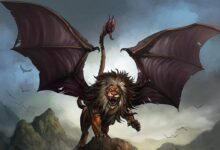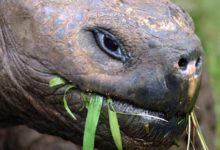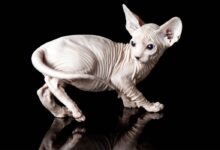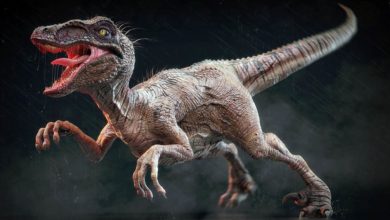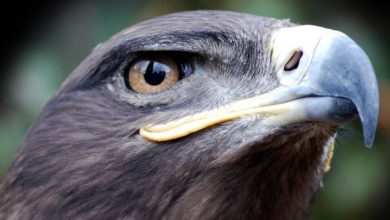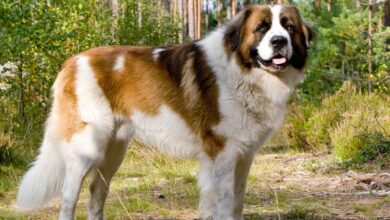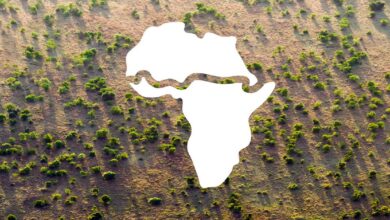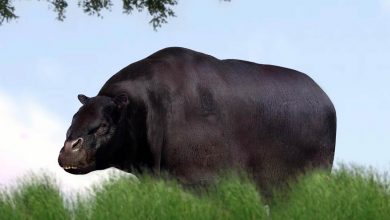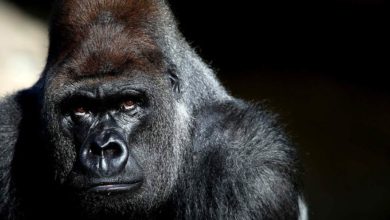Kiwi – flightless bird from New Zealand
The kiwi (Apteryx) – a flightless bird, the symbol of New Zealand
The kiwi is a unique bird living in the region of New Zealand. Although its size makes it similar to the chicken, it lays very big eggs in comparison to its body size. However, it is not the end of surprising facts about this extremely interesting bird. Some elements of its body resemble those that mammals have. These include heavy bones, filled with marrow, thicker and tougher skin and loose, long feathers, which are similar to hair.
Classification
- Kingdom: Animalia
- Class: Aves
- Clade: Novaeratitae
- Order: Apterygiformes
- Family: Apterygidae
- Genus: Apteryx
- Species: Apteryx australis
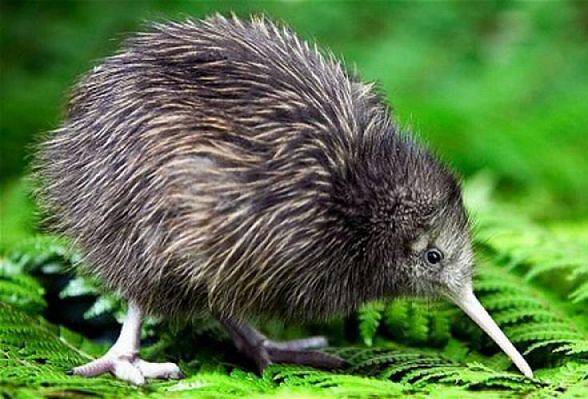
There are five species of kiwi in the official classification:
The great spotted kiwi (Apteryx haastii)
The largest known species of kiwi. Its height is up to 45 cm (18 in) and it weighs around 3.3 kg (7.3 lb), males 2.4 kg (5.3 lb). It has grayish brown plumage with brighter spots on its body – hence its name. The female of this species lays only one egg, which both parents incubate. The population of the great spotted kiwi is above 20 000 species. Its habitat is upland mountainous areas such as the northern part of the South Island.
The little spotted kiwi (Apteryx owenii)
It is also called the Owen’s flightless bird and it is the smallest out of the classified species. It lives in upland forests. It primarily existed on the South Island (New Zealand); however, it was not able to cope with predators living there, i.e. pigs, cats or stoats. In connection with this fact, it was introduced on Kapiti Island in order to reintroduce its population. This bird reaches the height of 25 cm (10 in) and weighs 1.3 kg (2.9 lb). The female lays the egg, which the male incubates solely.
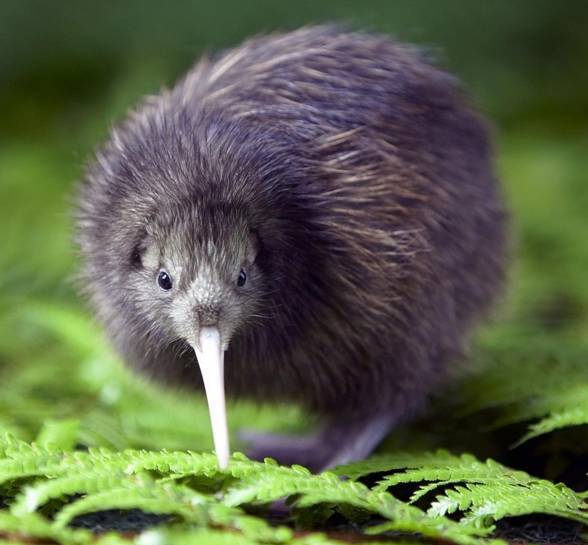
The Okarito kiwi (Apteryx rowi)
The new species, which was classified only in 1994. It is a little bit smaller, its feathers are in the shade of grey and there are brighter spots on its face. The female lays three eggs in the season – every egg in a different nest. The range of kiwi’s distribution is only the small area on the western coast of the South Island (New Zealand).
The southern brown kiwi (Apteryx australis)
It is a very widespread species of kiwi, which can be seen all over the South Island and Stewart Island. Its size is similar to the great spotted kiwi.
The North Island brown kiwi (Apteryx mantelli)
Its population is 35 000 species which makes it the most widespread species. It exists on the area of 2/3 territory of the North Island belonging to New Zealand. These kiwis’ height is around 40 cm (16 in), females weigh on average 2.8 kg (6 lb) and males – 2.2 kg (4.8 lb). This species can adjust itself to a very wide range of habitat. Its plumage is brown-red. The female lays two eggs, which the male incubates.
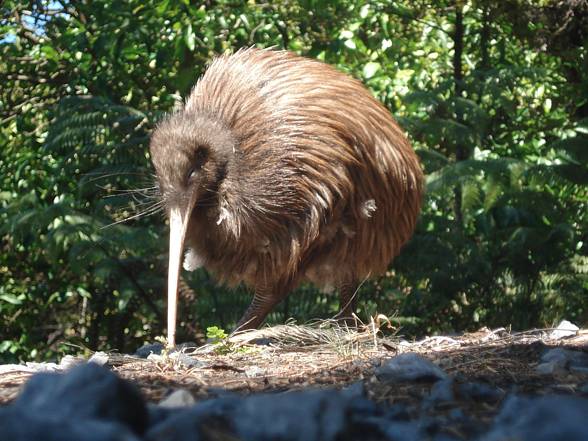
The natural habitat
The kiwi lives in wooded areas of New Zealand. These areas are very often steep and wet. It is not able to raise above the ground so it does not build nests but burrows, which are places of escape against predators.
Kiwi is an endemic species – at present, it lives only in New Zealand.
Characteristic features
The shape of kiwi’s body makes it similar to the pear. It has wings but its length is only 3cm – therefore, they are useless and completely covered in feathers. Kiwis do not have the tail but they have very strong and muscular legs, which are around 1/3 of the bird’s weight, and they are used while running or fighting. Three toes on each foot, let this flightless bird walk silently when it forages.
Although the kiwi is rather inconspicuous and seems to be an incapable bird, it can transcend even a human being.
Although the kiwi belongs to the flock, its built makes it similar to mammals in terms of some features. While the majority of birds have very thin skin and hollow bones, which make flying possible, the kiwi’s skin is a little bit thicker and harder and its bones are heavy and full of marrow. The kiwi is covered with feathers, which are long and loose, similar to hair. This bird also has relatively low temperature of its body – around 38 degrees of Celsius, which makes it similar to mammals.
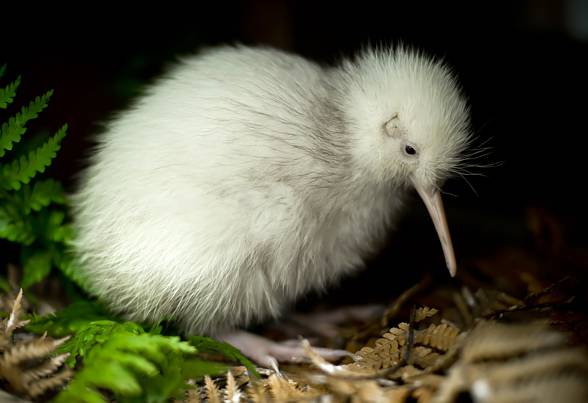
White kiwi bird
It happens very rarely that completely white kiwis hatch out. Until now, there have been three such cases in captivity.
Diet
The kiwi eats small invertebrates, seeds, larvas and many other types of worms. Its food also consist of fruit, small crawfish, eels and amphibians.
Thanks to nostrils, which are situated at the end of the bill, the kiwi can feel the haul without the need to see or touch it.

Lifestyle
The kiwi is a very shy bird and it is mainly nocturnal. However, scientists have also observed species, which are active during the day. Nonetheless, it is thought that the kiwi rests during the day in dug burrows. It becomes foraging at night.
Kiwis have very good hearing which is not typical for birds. Its long bill has nostrils at the end.
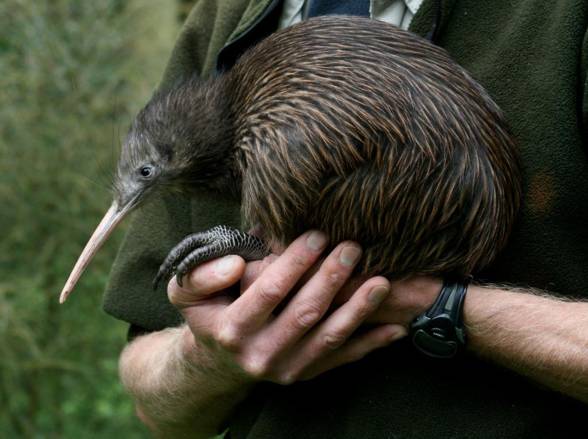
Reproduction and development
Kiwis combine monogamic couples whose relationship can last up to 20 years. In the mating season, which lasts from March to June, the couple visits each other in burrows.
The female usually lays one egg and some species lay two eggs. In comparison to the kiwi’s size, its eggs are extremely big. Although the bird is of the chicken’s size, its eggs are six time bigger than the hen’s ones.
The incubation period is from 63 to 92 days and often a male, not a female is engaged in hatching the young.

Detailed information / size
The kiwi (Apteryx)
Certain species of the kiwi differentiate in size. However, all females are on average 20% heavier and bigger.
- The biggest kiwi is the great spotted kiwi (Apteryx haastii) which is up to 45 cm (18 in) high and weighs around 3.3 kg (7.2 lb).
- The smallest kiwi’s species is the little spotted kiwi (Apteryx owenii) reaching 25 cm (10 in) of height and weighing 1.3 kg (2.8 lb).
- Lifetime: 50 years in wild, 30 years in captivity
- Sexual maturity: females: 24-36 months; males: 14-18 months.
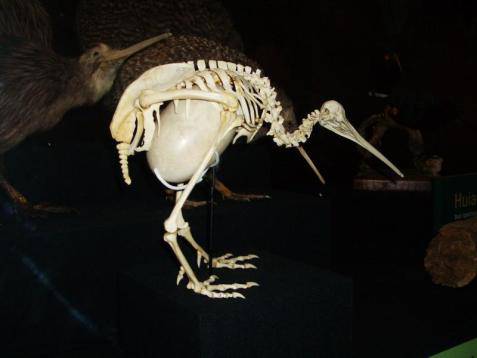
The kiwi bird – curios:
- The kiwi is the national symbol of New Zealand.
- The kiwi is thought to be the oldest (living) bird in the world – it evolved around 30 million years ago.
- Kiwis have had only one enemy for years until the human being appeared – the laughing owl (Sceloglaux albifacies)
- The kiwi lays the biggest eggs in the world in comparison with its size.
- The kiwi’s eggs are similar in size to the cassowary’s eggs.
- The egg can reach the weight of 20% of the adult kiwi’s bird. It is like a woman weighing 54 kilos gave birth to the baby who was 11 kg (24 lb)!
- Making another comparison, to make the kiwi’s egg as big as other birds’ eggs, the kiwi’s female should weigh 14 kg not 0.9-3.3 kg (1.9-7.2 lb).
- The kiwi’s female lays around 100 eggs during its lifetime (up to 6 eggs a year).
- The kiwi has the lowest body temperature of all birds.
- Kiwi’s ancestors probably arrived from Australia to New Zealand.
